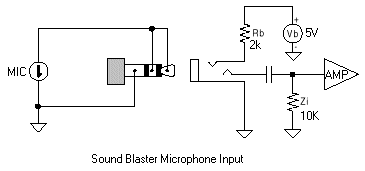JimJarvis50
Well-Known Member
- Joined
- Jan 17, 2009
- Messages
- 2,882
- Reaction score
- 1,786
This thread could draw crickets, but I have an issue with a microphone that I can't seem to figure out. The microphone is a Shure, balanced, low impedence mic. This goes into an unbalanced wireless transmitter with both mic and line-level inputs. I can use the "hot" and "cold" leads from the mic, wired to a stereo 3.5mm plug (the required input format), and this works OK. However, I was hoping that I could increase the gain on the mic and get better performance. So, I got this pre-amp:
https://www.mcmelectronics.com/product/555-21010
It has both balanced and unbalanced inputs and outputs. I did a test where, for reference, I just ran the hot and cold leads to the transmitter (via the stereo 3.5mm plug). Then, I plugged the mic into the balanced preamp input and tried first the hot and cold leads from the balanced output and then the unbalanced output. I believe the unbalanced output is a mono signal from a stereo 1/4" jack (so that you can plug in headphones and hear something in both ears). As best as I can tell, no amplification is being applied to the signal with this preamp. With the gain control on the preamp, I can turn the volume down, but the maximum gain is no higher than the reference test (bypassing the preamp). There are other things I could say about the setup that could be factors, but let me stop here and ask if there is something obvious that I'm missing with respect to converting a balanced input to an amplified unbalanced output using this preamp.
Jim
https://www.mcmelectronics.com/product/555-21010
It has both balanced and unbalanced inputs and outputs. I did a test where, for reference, I just ran the hot and cold leads to the transmitter (via the stereo 3.5mm plug). Then, I plugged the mic into the balanced preamp input and tried first the hot and cold leads from the balanced output and then the unbalanced output. I believe the unbalanced output is a mono signal from a stereo 1/4" jack (so that you can plug in headphones and hear something in both ears). As best as I can tell, no amplification is being applied to the signal with this preamp. With the gain control on the preamp, I can turn the volume down, but the maximum gain is no higher than the reference test (bypassing the preamp). There are other things I could say about the setup that could be factors, but let me stop here and ask if there is something obvious that I'm missing with respect to converting a balanced input to an amplified unbalanced output using this preamp.
Jim










